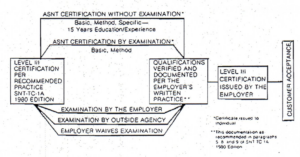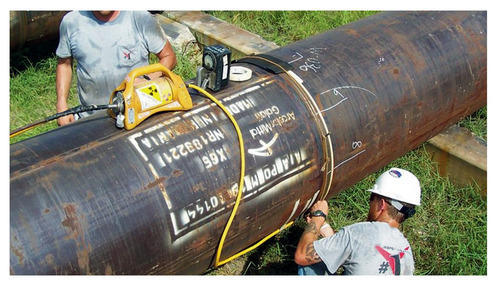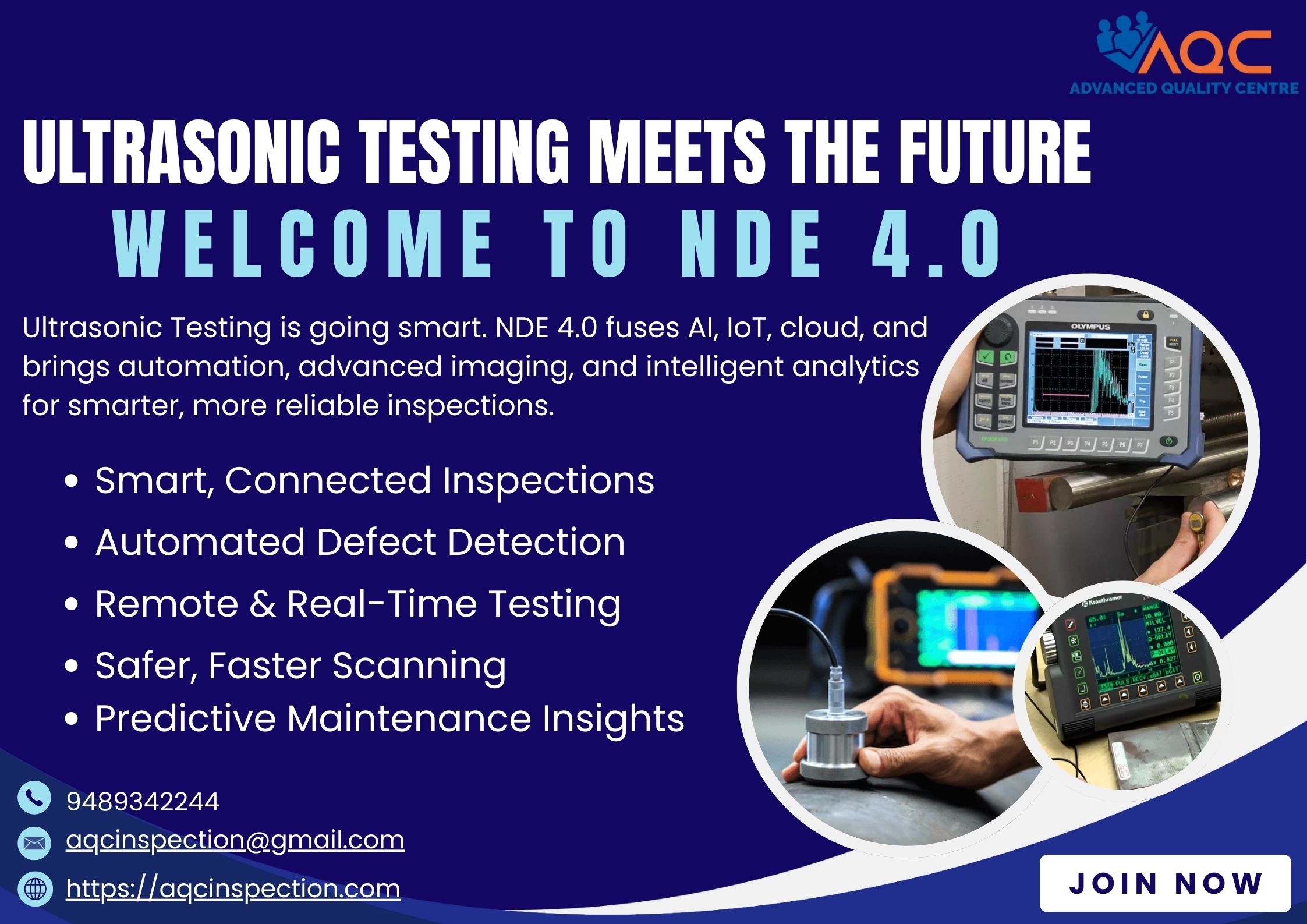Radiography is used to test a variety of products such as welds, castings, forgings, and fabrications Because of the penetration and absorption capabilities of X and gamma radiation.
Radiographic testing is one of the primary non-destructive test methods in use today. Radiographic testing usually requires exposing film to X or gamma rays that have penetrated a specimen, processing the exposed film, and interpreting the resultant radiography.

ADVANTAGES OF RADIOGRAPHY (RT)
- Can be used with most materials.
- Provides a permanent visual image.
- Reveals the internal nature of material.
- Discloses fabrication errors.
- Reveals structural discontinuities
LIMITATIONS OF RT:
- Impracticable to use on specimens of complex geometry.
- The specimen must lend itself to two-side accessibility.
- Laminar type discontinuities are often undetected by RT.
- Safety considerations imposed by X and Gamma rays must be considered.
- It is a relatively expensive means of non-destructive testings.
SAFETY CONSIDERATIONS:
Because radiation cannot be detected by any of our five senses, strict compliance with safety regulations is required. Radiation can cause damage to or destruction of the cells of living tissue. It is essential that radiographic test personnel be continually aware of the radiation hazard and cognizant of safety regulations.
RADIOGRAPHY TESTING TRAINING AND CERTIFICATION
It is important that the technician and supervisor be qualified in the radiographic method before the technique is used and test results evaluated.
The American society for non-destructive testing recommends the use of its document recommended practice no. SNT-TC-1A.
The Documents provides the employer with necessary guidelines to properly qualify and certify the NDT Technician in all methods.
To comply with this document the employer must establish a “Written practice” which describes in detail how the technician will be trained, examined and certified.
The student is advised to study page 6 of the June 1975 edition of SNT-TC-1A to determine the recommended number of hours of classroom instruction and months of experience necessary to be certified as a RT testing technician.
Certification of NDT Personnel’s is the responsibility of the employer and is usually at three levels.
Level 1– Is qualified to perform specific calibrations, specific tests, and specific evaluations according to written instructions.
Level 2– Is qualified to set up and calibrate equipment and to interpret and evaluate results with respect to codes, standards, and specifications must be able to prepare written instructions and report test results.
Level 3– Must be capable and responsible for establishing techniques, interpreting codes, and designating the test method and technique to be used. Must have a practical background in the technology and be familiar with other commonly used method of NDT.
The SNT-TC-1A document recommends that the NDT Technician be examined in the following areas:
- General Examination
- Specific Examination
- Practical Examination
The SNT-TC-1A document recommends that the NDT Technician be examined in the following areas:
- Basic Examination
- Method Examination
- Specific Examination
ASNT provides a service to the industry by providing level 3 examinations in the general and practical areas because of the individual requirements of the many industries using NDT, the specific examination is still the responsibility of the employer. The following flow chart indicates the paths that can be taken to be certified according to the SNT-TC-1A document.

For best NDT Institute and best NDT services , Radiography Testing – Training and Certification and Placements feel free to call us or visit https://aqcinspection.com/.
Visit our technical and career updates at our Blog site https://advancedqualitycentre.blogspot.com . https://ndtcenter.blogspot.com our website https://aqcinspection.com/news-events/ for many more blogs to learn more.




